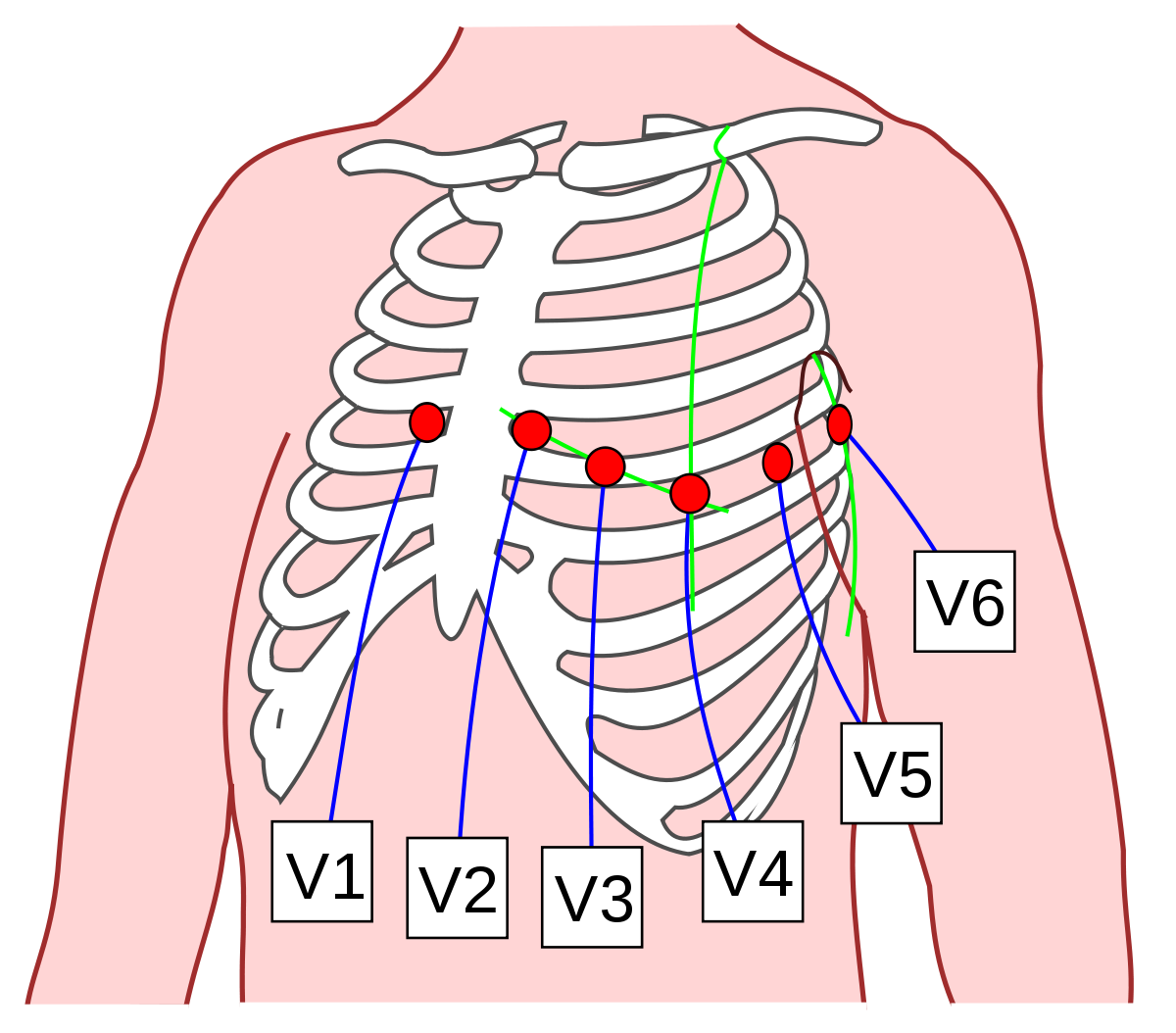Blood Vessels: The Highways That Transport Essential Nutrients
How do cells in different regions of the body acquire the nutrients you digest from your sandwich? The answer lies in a long network of blood vessels approximately 62,000 miles long, nearly 2.5 times the circumference of Earth! Blood vessels are integral components of the circulatory system, which serves as a group of "highways" for oxygen and nutrients to travel to various organs of the body. Arteries transport oxygen and nutrients to bodily organs, whereas veins transport deoxygenated blood from cells back to the heart. Blood that contains metabolic wastes from cells is filtered by the renal arteries, and these metabolic wastes leave the body through urine.
Anatomy and Physiology of Blood Vessels
All blood vessels, except the smallest arterioles, capillaries, and venules, contain three main layers referred to as tunics.
Figure 2: Anatomy of Blood Vessels
Tunica Externa
The outermost layer of a blood vessel is known as the tunica externa and is formally referred to as the tunica adventitia. It is made of collagen and an elastic membrane. These components protect the vessel from external forces and attach it to surrounding structures. It is relatively thicker in veins since they are superficial and delicate. Like all cells in the body, the tunica externa contains a supply of blood, nutrients, lymphatic vessels, and nerves. The vasa vasorum ("vessels of the vessels") is a very tiny network of blood vessels that supplies the tunica externa with blood and nutrients.
Tunica Media
The middle layer of a blood vessel is the tunica media, which is the thickest layer in arteries and consists of mostly smooth muscle arranged in circles. This layer plays a major role in regulating the diameter of the vessel, which has major impact on blood pressure, vascular resistance, and blood flow to organs. If smooth muscle cells in this layer contract, vessel diameter decreases and vascular resistance increases, raising blood pressure and reducing blood flow to organs. This is called vasoconstriction. The sympathetic nervous system, a branch of the nervous system that is active in the fight or flight response, often causes vasoconstriction. However, vasoconstriction also occurs in blood vessels near a wound to minimize blood loss. Vasodilation (smooth muscle cells are relaxed) increases the diameter of the vessel, which decreases vascular resistance and thus lowers blood pressure and increases blood flow to organs. Both vasoconstriction and vasodilation are regulated by the nervi vasorum ("nerves of the vessels"), which is stimulated by renal mechanisms, neural controls, and certain hormones.
Tunica Intima
The tunica intima is the innermost layer of a blood vessel and is composed of a simple squamous epithelium known as endothelium. It is the thinnest layer of the vessel wall since it is composed of a single layer of endothelium. Blood vessels with a diameter greater than 1 mm contain a subendothelial layer, which provides support to the endothelium. The subendothelial layer is made of basement membrane that protects the endothelial cells as blood moves with high pressure and velocity. Continuous with the lining of the atria and ventricles of the heart, the endothelium contains specialized flat cells that reduce friction as blood flows through the lumen. The tunica intima receives its blood supply directly from the blood that flows through the lumen.
Just like we use highways to travel from one place to another, blood travels though arteries and veins to get from one organ to another in order to transport gases, nutrients, metabolic wastes, and hormones, or simply for filtration.
Image References:
"Blood Vessels." Health Jade, healthjade.com/blood-vessels/
"The Anatomy of a Vein." The New Jersey Vein and Vascular Center. 15 Sept. 2017, njvvc.com/the-anatomy-of-a-vein/
"The Endothelium - The Inner Layer of the Blood Vessel." Vazzello,
vazzello.com/endothelium-inner-layer-of-the-blood-vessel/






Comments
Post a Comment